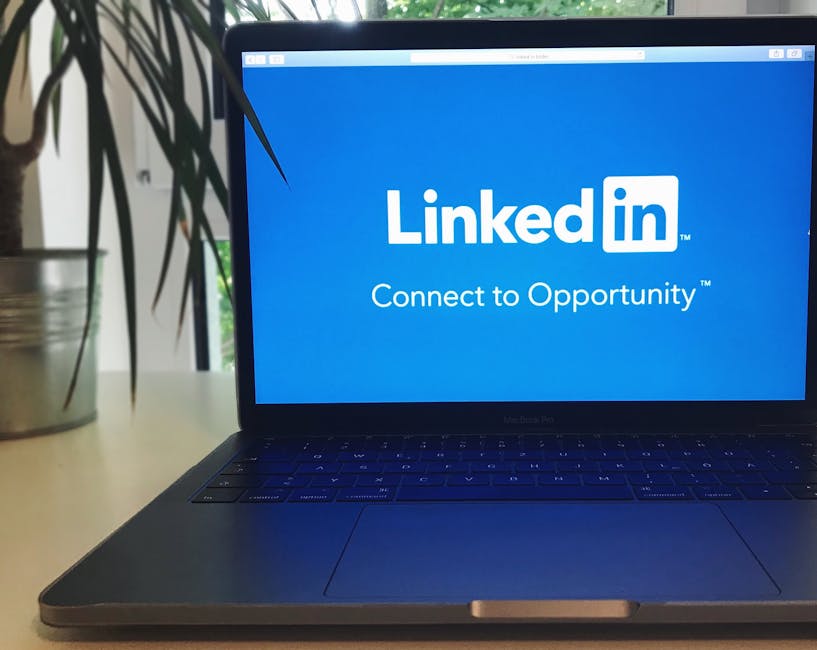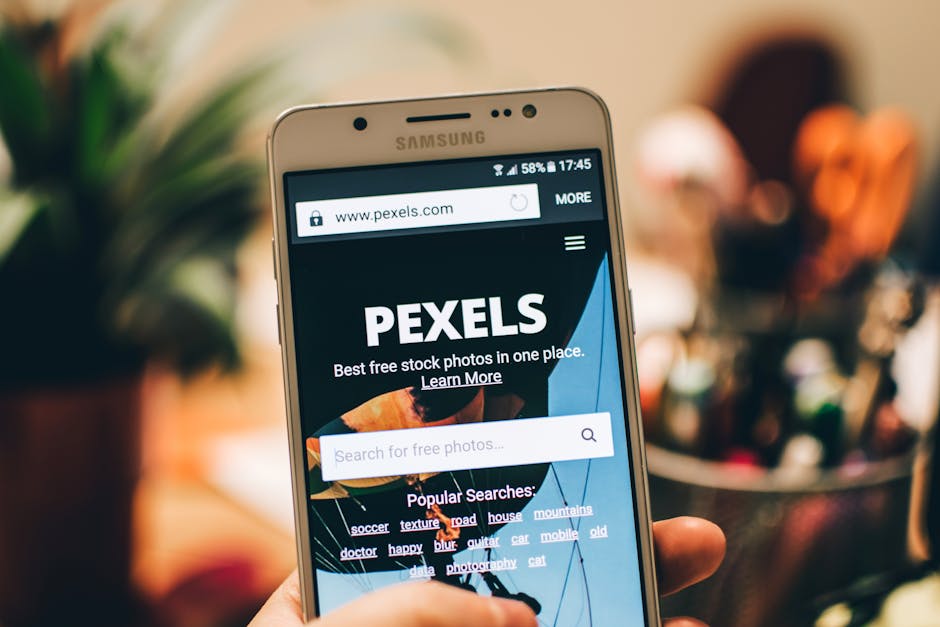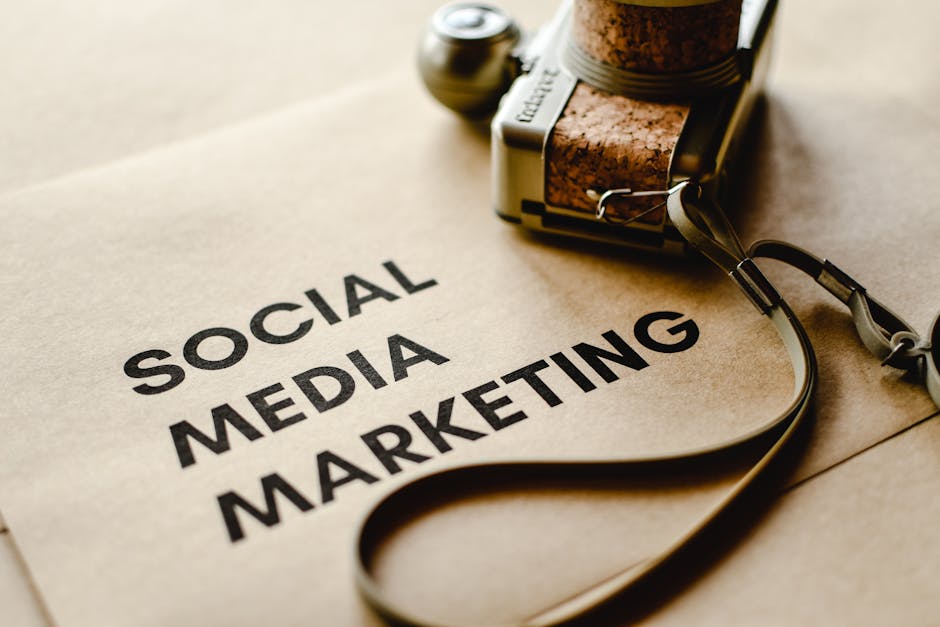Why Personalization Matters More Than Ever
Consumers aren’t just browsing—they’re curating. In the digital age, they expect more than static messaging and one-size-fits-all content. People want experiences that feel tailored, responsive, and—most important—relevant. Scroll past that expectation, and you’re out of the conversation before it begins.
Personalized media isn’t only about delivering better recommendations. It’s about building a relationship. When done right, personalization creates trust. Audiences know the brand is paying attention. Over time, that translates into stronger loyalty and higher lifetime value. Not because it’s flashy, but because it’s thoughtful.
But there’s a line, and modern users know exactly where it is. Push too far, and even helpful algorithms can start to feel invasive. The trade-off is real: convenience requires data. And that means the brands that win will be the ones that stay transparent, ask permission, and give users control. Trust is no longer a nice-to-have. It’s the entry fee.
Key Elements of a Personalized Media Experience
Personalization in 2024 isn’t about just knowing someone’s age or job title. It’s about knowing what they do, when they do it, and why it matters.
Data-driven recommendations are now the heartbeat of media platforms. Whether it’s a streaming service serving up a niche documentary after two action films, or a news app tweaking headlines based on reading speed, the best experiences are fed by real behavior. It’s not just about what users look like on paper—it’s about how they’re actually engaging.
Smart brands are moving beyond basic segmentation. They’re creating content flows based on real-time signals—scroll patterns, dwell times, return visits—and dynamically tailoring what’s shown across devices and platforms. Someone might start an article on their phone during a commute, then finish the video summary on a smart TV later that night. The key is seamlessness. Not just personalized content, but personalized timing, format, and tone.
This kind of adaptive journey doesn’t just raise engagement—it builds trust. It shows users that the brand is paying attention without being invasive. Well-executed, it feels intuitive. Like the platform gets you. And in a world too full of noise, that quiet relevance keeps people coming back.
Tools and Technologies Making It Happen
Personalized content is no longer a nice-to-have. It’s what your audience expects. AI and machine learning are leading the charge, making media smarter—fast. These tools analyze behavior in real time to serve up content that feels handpicked, whether that’s a playlist, product reel, or article stream. It’s not about creepy precision. It’s about delivering relevance without the friction.
Now, onto the tech stack—CRMs, DMPs, and CDPs. CRMs (Customer Relationship Management systems) are about managing known customer relationships. Think email targeting and user history. DMPs (Data Management Platforms) deal with anonymized third-party data, often for broader ad targeting. CDPs (Customer Data Platforms) are the connective tissue—bringing together data from every source to build a unified, real-time customer view. Translation: the content you push through email, web, or app becomes sharper and more contextual.
It’s not theoretical anymore. Netflix uses advanced ML algorithms not just to recommend titles but to shape thumbnails based on what different users click on. Spotify’s Daily Mixes and Discovery Weekly? All machine-tuned. Even smaller players are getting smarter—local news apps surfacing neighborhood-level stories based on ZIP code behavior. Teams that combine the right data infrastructure with creative strategy are locking in loyalty faster and more effectively than ever.
Personalized media experiences aren’t won with guesswork. They’re built with the right tools—and sharp execution.
Strategies Brands Are Using to Win Loyalty
Personalized media isn’t just about clever targeting—it’s about meeting people where they are, when they’re ready to engage, and making that interaction count.
First, interactive content and real-time engagement give users a reason to care. Think polls during livestreams, quizzes that adjust recommendations, or live chat support that actually responds like a human. This kind of involvement builds loyalty because the audience feels seen, not just sold to.
Then there’s user experience. Switching from phone to laptop to smart TV shouldn’t feel like switching continents. Top brands are syncing experiences across devices so users never lose their place or context. That smooth transition—without sign-in headaches or janky design—is what makes brands feel premium.
Finally, reward programs are getting smarter. No one wants a generic coupon or a birthday email that says the same thing every year. The new wave is exclusives: early access content, private communities, or even surprise drops tailored to behavior. When rewards feel truly personal, users engage—not out of obligation, but because they want to.
Dig deeper into these strategies here: Maximizing Your Media Presence: Top Marketing Strategies.
Avoiding the Pitfalls
Just because you can personalize everything doesn’t mean you should. When every ad, email, and pop-up seems to know what your customer had for lunch yesterday, it stops impressing—and starts feeling invasive. Brands walk a fine line between helpful and creepy, and too much targeting can erode trust rather than build it.
Then comes the fatigue. Constant suggestions, auto-play queues, and “just for you” recommendations can overload rather than enrich. Endless digital nudges might keep users browsing, but they also lead to burnout and disengagement. People want ease, not endless choices.
The fix? Keep it real. Tell users what you’re collecting and why. Give them control—not just an opt-out buried in footnotes. When personalization is done transparently and respectfully, it works. It fosters connection instead of suspicion, value instead of noise.
Responsible personalization isn’t just ethical; it’s strategic. It builds loyalty slowly, quietly, and on purpose.
The Takeaway
Let’s be clear: personalization isn’t optional anymore. It’s the floor, not the ceiling. In the age of hyper-targeted streams and algorithm-curated worlds, audiences expect media that feels like it was made for them—and they tune out quickly if it doesn’t.
Brands that get this, and act on it, are building relationships that stick. Not through one-off campaigns or cheap tricks, but through meaningful, individualized experiences delivered again and again. Whether it’s refining how content shows up in their feeds, letting users control their journey, or offering real value in exchange for their attention—ongoing relevance earns long-term trust.
The job now? Don’t get complacent. Keep evolving how you listen, how you serve, and how you adapt. Customers are telling you what they want in every click, swipe, and scroll. Pay attention. And deliver like you mean it.


 Syvanna Kelricsona, co-founder of mediatrailspot blends her expertise in design, user experience, and emerging technology to deliver impactful content. She is passionate about showing how innovation in web and mobile platforms shapes the future of communication and creativity.
Syvanna Kelricsona, co-founder of mediatrailspot blends her expertise in design, user experience, and emerging technology to deliver impactful content. She is passionate about showing how innovation in web and mobile platforms shapes the future of communication and creativity.

